
这是系列报道的第五篇,我们将对话影响型厨师——Paul Pairet。
对于厨师行业或餐饮环境具有独特观点,有足够权威性或传播力,进而对他人产生影响,这是影响型厨师的特征,也可以看作Paul餐饮之路的一个注脚。
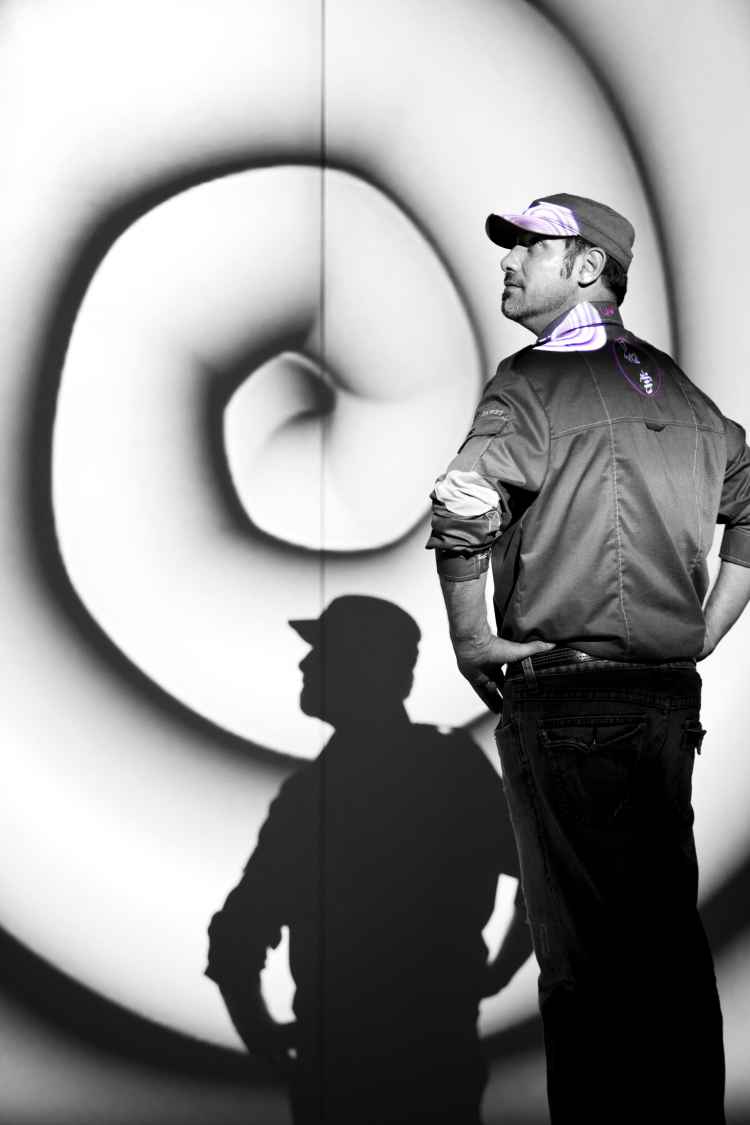
这个爱好旅行的法国人,05年来到上海,打造翡翠36餐厅,以旅行中所遇见的气味、质感为灵感,打造出了Cuisine de voyage(旅人的厨艺),成为彼时的前卫餐厅。随后Mr & Mrs Bund、Ultraviolet、The Chop Chop Club三家风格迥异的餐厅相继开业(点击了解Paul打造三家餐厅的故事)。
当然,最受人关注的自然是Ultraviolet—全球第一家感官餐厅,Best50不断上升的排名,米其林三星的摘得,这之外,我们更想了解,Paul的思维中,创新的灵感从哪里获取?不同风格餐厅的打造应该侧重什么?如何定义厨师这个角色?
我的风格是“更具体的前卫”
Q:如何描述你的创作风格 ,你的菜品个性?
A:我会通过菜品传递我的想法,但表达个性并不是我的意图。个性可以影响创作过程,并在最终结果中呈现。
我的烹饪风格被标记为“前卫” ,准确地说,“更具体的前卫”,而非抽象的。详细地讲,全球视野,大胆和自信,不带成见地寻求本质,有血有肉地表达现代主义。
Q:记忆是你创作新菜时的重要因素吗?你通常如何将它们转换成一道菜的?
A:记忆,对于我的菜和口味,无疑是一个常用参考和标准,这对许多厨师来说,应该也是一样的。作为法国人,我的记忆源自我在法国的童年,以及世界各地的旅行和生活。
我的方法之一是从我的记忆中提炼受欢迎口味的本质,以夸张嘲讽手法,或浓缩其概念后重现。
例如,我做了一道“Encapsulated Bouillabaisse”的菜 ,基于法国经典的马赛鱼汤,我的家乡法国颇受欢迎的一种口味作为基准。我集中味道中的各个元素和想法,将鱼汤浓缩在只有一小口的一个胶囊中。
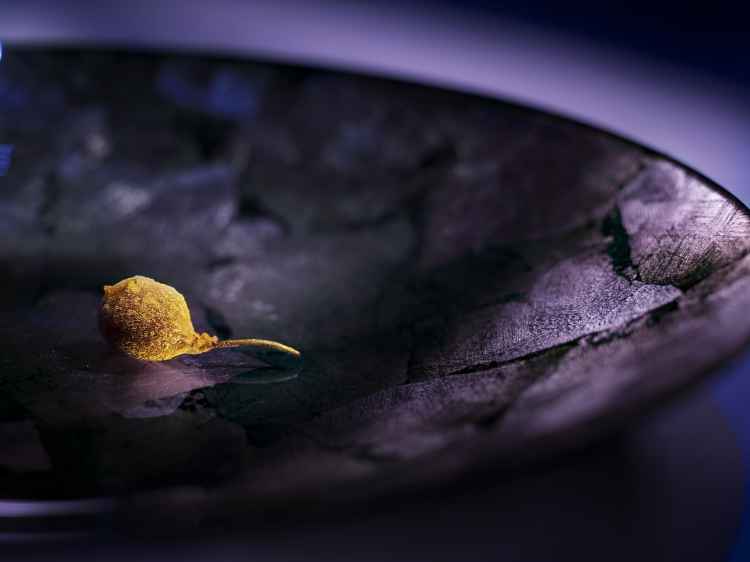
另一道菜“Micro Fish No Chips”,来自当时我在伦敦居住的记忆,源自英国著名的炸鱼薯条。一个巨大的刺果浆果里塞满了鯷鱼塔塔酱,裹上啤酒面糊油炸,放在一个超大的盘子里。这是经典的炸鱼薯条在味道和质地上的高度浓缩,而非真正的的炸鱼薯条。在Ultraviolet,我们加入了更多元素描绘它,墙上的巨大雨滴,伴随着巨大雨声,桌上的英国国旗,及披头士乐队的“Obladi-Oblada”。
Q:你的烹饪风格,是否有因人生不同阶段而转变?
A:自从我做厨师以来,没有太多的事情让我对食物的信念有所改变。当然,菜的外观和结构有所改变,因为多年来我们发现了新的技术和知识。
Q:18年的餐饮趋势中,您觉得有哪些重要的关键词吗?
A:回归基础,明火,烟熏……
对我而言,趋势无法完美体现其应有的品质。一旦你处于潮流中,你就失去了潮流,如同时尚一样,当你身处时尚时,你已经过时了。
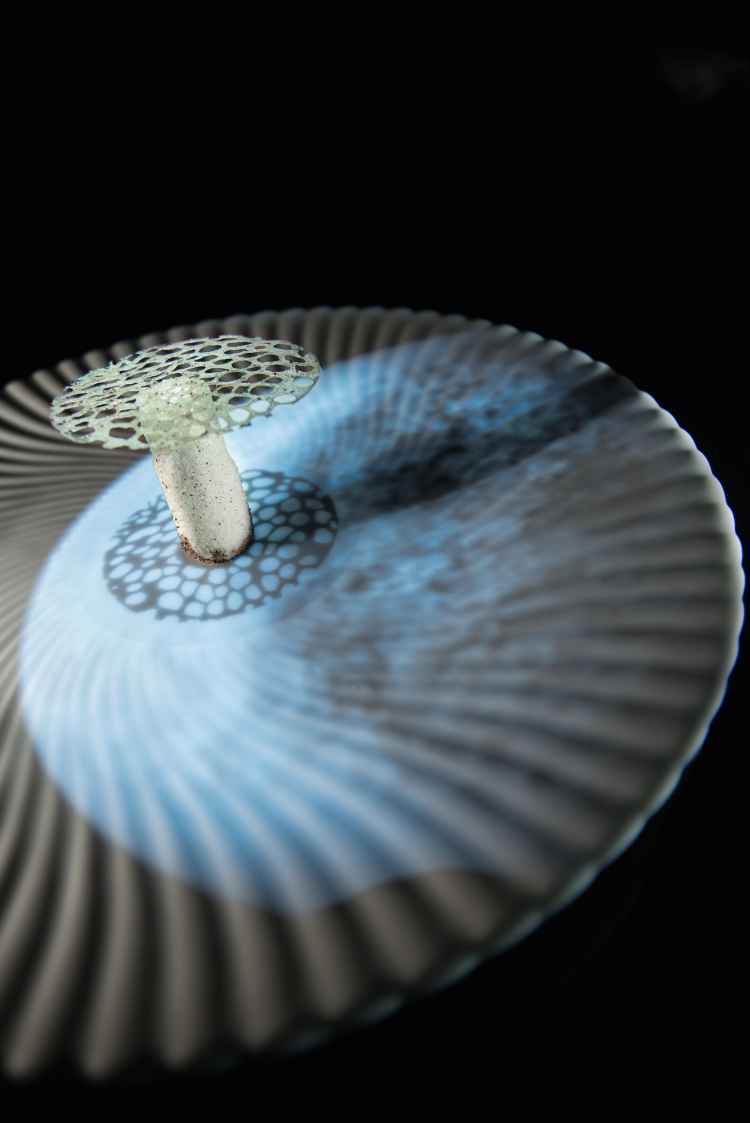
在Ultraviolet,我想掌控所有呈现
Q:在餐厅、食物、食客这几个因素中,你最关注的是什么?为什么?
A:这取决于餐厅的性质,以及你想要一个怎么样的餐厅。像在Ultraviolet,我想掌控所有的呈现,时机,节奏……每一个创造一顿晚餐的元素及步骤,围绕我的食物建立的时空。在这种情况下,最关注的绝对是食物。
另一方面,Mr & Mrs Bund 和 The Chop Chop Club是两家家庭分享风格的餐厅。菜品同样重要,但更亲切,更接地气。在这种情况下,它更多要考虑食客。
Q:打造了许多不同类型的餐饮类型,看似不同,是否内在上有着统一性,如果有,这种统一性是什么?
A:在我目前的3家餐厅,Ultraviolet、Mr & Mrs Bund和The Chop Chop Club,味道的调性是相同的。
我在这些餐厅的不同菜,无论对经典或前卫所创作的诠释,对我来说,它们都是我个人的,对于味道和想法的表达都充满了力量和坚定,沒有说谁比谁更好。
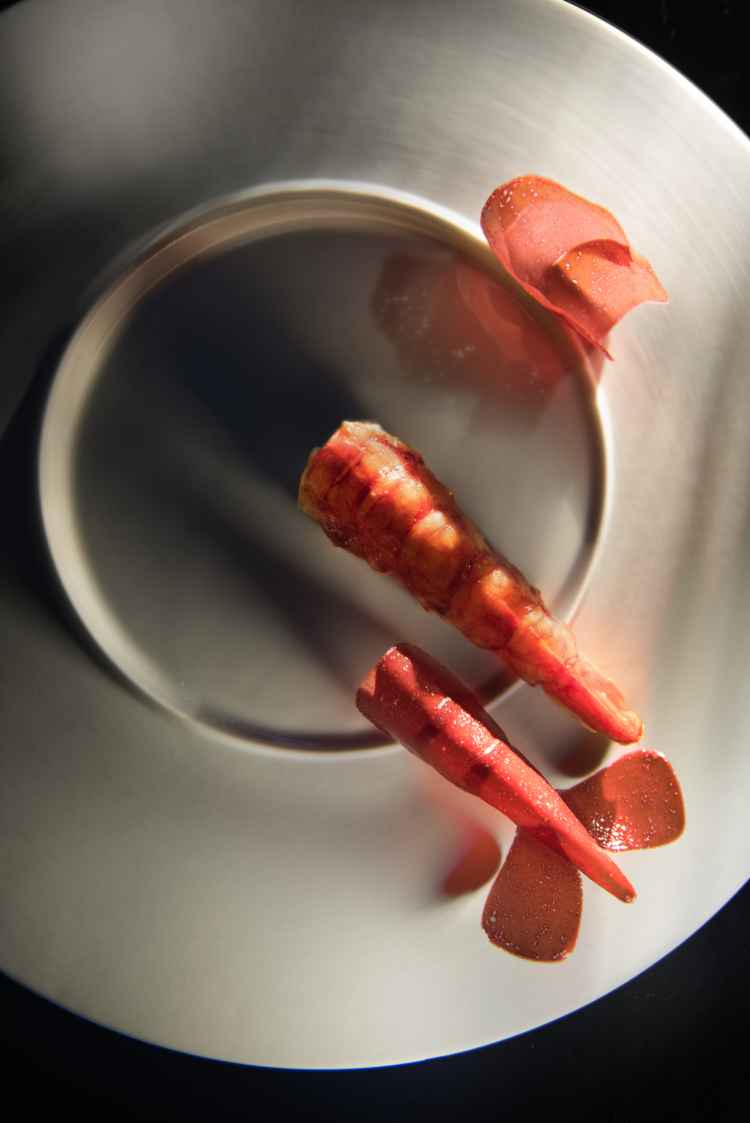
文化角色比社会角色更重要
Q:你怎么理解厨师这个身份?它是否已经被拓展成更多元的角色?这些角色之间的关系是什么?
A:对我来说,厨师的文化角色比社会角色更重要。厨师的能力不仅仅是为了烹饪,创造,而是组织一支能够再现你个人感受力的团队,来翻译并传递你的个人想法。这应是厨师在厨房文化,或者说是烹饪文化中最关注的点。
Q:如果你不做厨师,你会去做什么?
A:也许是一个设计师,设计有功能性的物品, 或是设计具有品质与艺术感作品的工匠。
当下,世界名厨正用实际行动外拓着厨师这个职业,如Massimo发起的灵魂食物计划。但最后Paul的回答却开启了一个新的讨论,厨师这个角色,本体应该由什么组成?除了熟练操纵厨具,是否还应该有创作艺术、打造工艺等职能。
就像Paul一样,一半是食物创造者,另一半是设计艺术品的工匠,二者相加,可能才是他所理解的“厨师”。或许我们可以试试,把生活方式引入到你的厨艺思考中。
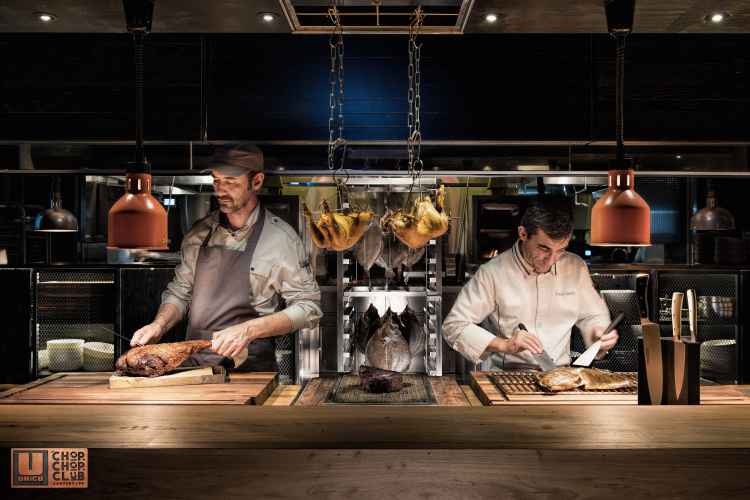
附录:英文采访
Q:How would you describe the style of your creations - your personality?
A:This is not exactly what I said. To express my ideas through dishes, yes; but to express personality is not my intention.
The personality can be the influence during the creation process, and to be revealed in the end result.
My style of cuisine has been tagged as “avant-garde” - to be precise, “avant-garde figurative”, not abstract. To be more detailed - globally stamped, bold and assertive, essentialist with a total lack of prejudice, modern with flesh and bone.
Q:Has there been any new dish you’ve recently tasted that brought back memories? Is memory a common theme for you to create new dishes? And how do you usually convert them into a dish
A:Memory is certainly a common reference for my dish and my taste – and should be the same for many chefs.
Being French, my memory evolves from my childhood in France, and travel and life around the world.
One of my ways is to extract the essence of the popular tastes from my memory, make a caricature or concentration of it.
Example 1, I made a dish “Encapsulated Bouillabaisse” – based on a classic fish soup from Marseille France, with a popular taste – a reference taste from my country. I concentrate the ingredients, taste and idea of bouillabaisse into a capsule, in just one bite.
Example 2, I made a dish “Micro Fish No Chips” – for my memory when I lived in London, for the British national dish called Fish & Chips. A giant caper berry stuffed with anchovy tartar sauce, wrapped with beer batter and fried, served in an oversized plate. It’s a highly concentrated flavor and texture from a classic fish & chips, without being a fish & chips. At Ultraviolet, we even make more caricature of it; it’s enhanced with giant raindrops on the wall, sound of heavy rain, an English flag on the table, then the song “Obladiblada” from The Beatles.
Q:Have your cooking style changed in different stages of your life?
A:Not too much ever since I started doing my own dishes as a chef - I don’t change too much my belief in food.
Naturally the looks and constructions of the dishes have changed a bit because we have discovered new and different techniques/knowledges along the years.
Q:What are the key words in 2018’s culinary trends in your opinion?
A:Return to basics; Open fire, smoke… not much to say…
For me, trends don’t define the quality of execution.
And once you are in trend, you are out of trend - the same principle of when being in fashion, you are out of fashion.
Q:As a restaurateur, let’s say you have several factors to consider: restaurant, food and diners, which factor do you usually pay most attention to? And why?
A:I’m not really a restaurateur as such, I’m a chef.
It depends on the nature of the restaurant, and how you want a restaurant to be.
For example, Ultraviolet is where I control the offer, the timing, the rhythm… every element/step in the dinner production; it’s a space and time that I build around my food – in this case, it’s certainly the food.
On the other hand, Mr & Mrs Bund and The Chop Chop Club are two restaurants in family sharing style. My dishes there are equally essential, but homier, more populist – in this case, it’s a bit more the diners.
Q:You’ve built various restaurant concepts over your career, is there a common theme of these establishments? If so, what is it?
A:The tonality of taste and flavors is the same in my current 3 restaurants, Ultraviolet, Mr & Mrs Bund and The Chop Chop Club.
My different dishes in these restaurants, no matter the interpretation from classics or avant-garde creation, they are equally personal to me, full power and assertive in taste and idea, not necessarily better than the other.
Q:How do you understand the role of a chef? Do you think it has diverged to roles beyond cooking? If so, what are they and what are the connections between them?
A:For me the cultural role of a chef is more important than the social role.
The capacity of a chef is not only to cook, to create, but also to organize a team that is able to reproduce your personal sensibility, to translate your personal ideas.
As said, “The capacity of a chef is not only to cook, to create, but also to organize a team that is able to reproduce your sensibility, to translate your ideas.”This should be the focus of a chef in culture, or in culinary culture, as a matter of course.
I don’t aim for other cultural/social fields.
Q:If you were not a chef, what would you be doing right now?
A:Perhaps an object designer, designing objects with functionality; or a craftsman who makes quality artifacts with artistic feeling。
-end-

图片来源:Scott Wright of Limelight Studio
翻译:Yining Yaling
